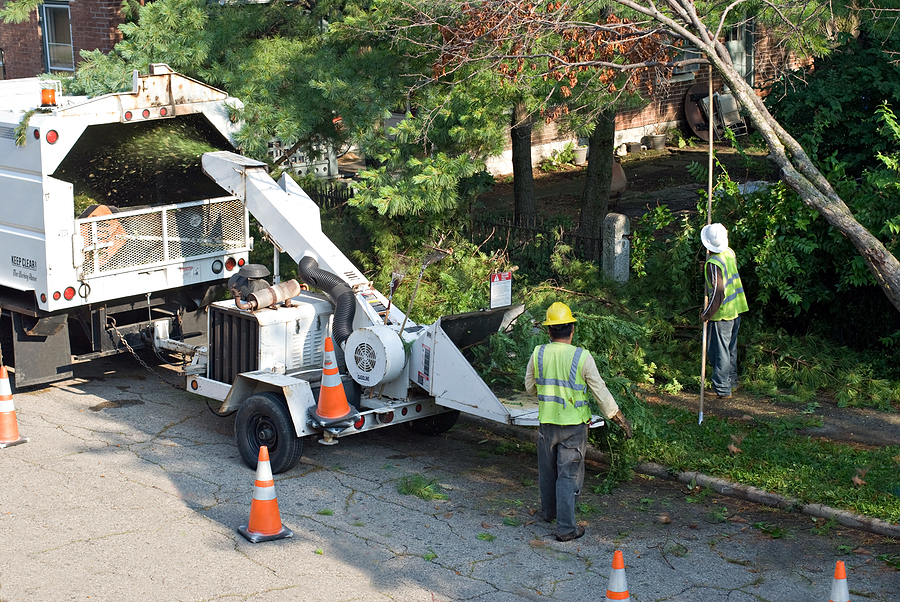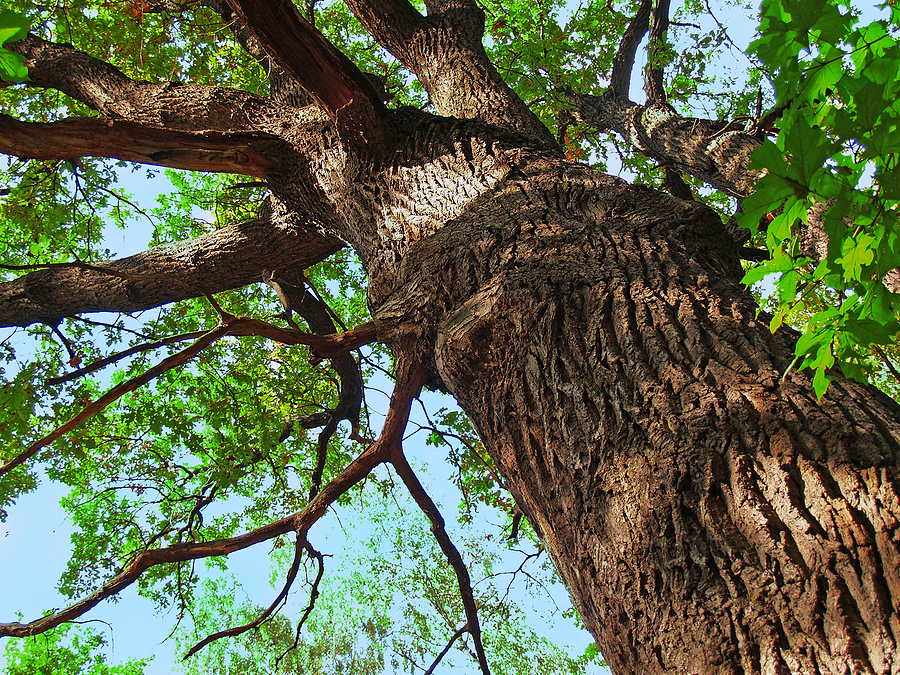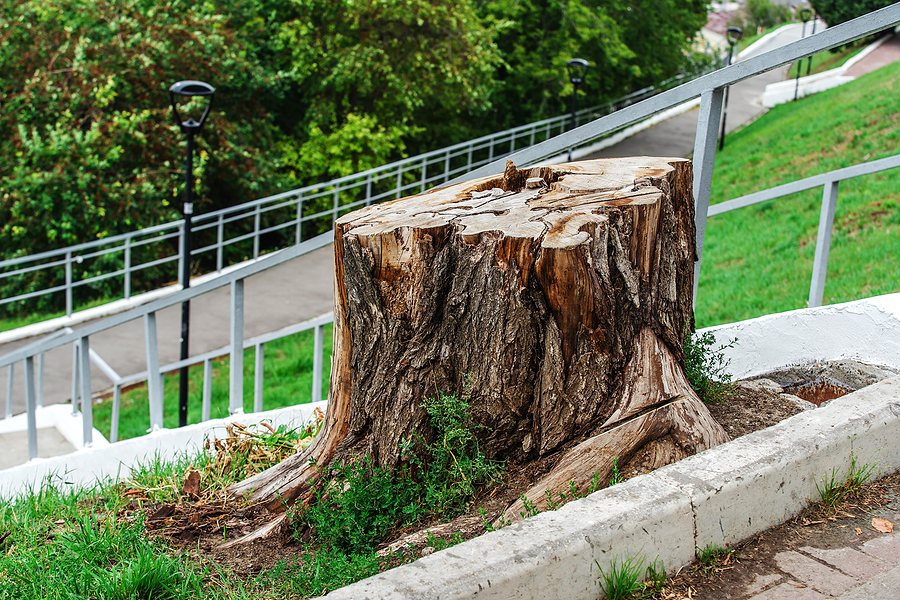The trees on your property are more than just part of the scenery; they’re living assets that contribute to your home’s character and value. Like any valuable asset, they require regular care to thrive. Routine tree service is an essential practice for homeowners in Indiana, ensuring trees remain healthy, safe, and beautiful through our state’s distinct seasons.
Neglecting your trees can lead to a host of problems, from diseases that can spread to other plants to safety hazards that put your family and property at risk. This guide will walk you through the importance of consistent professional tree care, explaining how it protects your investment and enhances your outdoor space. By understanding the benefits, you’ll see why scheduling regular service is one of the smartest decisions a homeowner can make.

Identifying Potential Tree Problems Early
A healthy tree might look fine to the untrained eye, but underlying issues can develop without obvious signs. Regular inspections by a tree care professional are crucial for catching these problems early, before they become severe and costly.
Common Tree Issues in Indiana
Our local climate, with its humid summers and freezing winters, creates specific challenges for trees. Here are some common problems to watch for:
▶ Pests and Diseases
Indiana trees are susceptible to various pests, like the Emerald Ash Borer, which has devastated ash populations across the state. Fungal diseases such as powdery mildew and apple scab are also prevalent, especially during wet springs. Early detection can prevent these issues from causing irreversible damage.
▶ Structural Weaknesses
Heavy snow, ice storms, and strong winds can strain tree limbs, creating cracks or weak branch unions. These compromised areas are significant safety risks, as they can fail unexpectedly.
▶ Nutrient Deficiencies
Poor soil quality can lead to nutrient deficiencies, which manifest as yellowing leaves (chlorosis), stunted growth, or sparse canopies. A professional can diagnose these issues and recommend treatments like fertilization to restore tree vitality.
An arborist can spot the subtle signs of distress—like unusual leaf discoloration, deadwood in the canopy, or fungus growing at the base—and take corrective action. Early intervention is not only more effective but also far less expensive than dealing with a mature tree in crisis.
Benefits of Professional Pruning and Trimming
Pruning is one of the most vital components of routine tree care. It’s a precise science that, when done correctly, improves a tree’s health, structure, and appearance.
Health and Vigor
Proper pruning involves removing dead, diseased, or damaged branches. This process serves several key functions:
- It stops the spread of decay and disease from affected limbs to the rest of the tree.
- It improves air circulation and sunlight penetration throughout the canopy, which reduces the risk of fungal infections and encourages healthy growth.
By removing unnecessary branches, the tree can direct its resources toward developing a stronger root system and healthier limbs.
Structural Integrity and Safety
Strategic trimming, or “structural pruning,” is especially important for young trees. It helps them develop a strong, stable framework that will support them as they mature. For older trees, pruning removes weak or overgrown branches that could break and fall during a storm, protecting your home and family. An experienced tree service professional knows exactly how to make the right cuts to promote strength without harming the tree.
View Our Professional Tree Services in Indianapolis ✅
Tree Service for Storm Preparation and Safety
Indiana is no stranger to severe weather, from summer thunderstorms with high winds to winter ice storms that coat branches in heavy ice. Proactive tree care is your first line of defense against storm-related damage.
A professional tree service can assess your trees for potential hazards before a storm hits. This involves identifying and removing weak or overextended limbs that are likely to snap under pressure. They can also install cables and bracing systems to provide extra support for trees with structural weaknesses, such as those with multiple trunks or heavy, sprawling branches.
After a storm, it’s equally important to have your trees inspected for damage that may not be immediately obvious. A professional can safely remove broken branches and evaluate the tree’s overall stability, preventing future accidents.
Enhance Property Value and Curb Appeal
Well-maintained trees are a significant contributor to your property’s value. Studies have shown that mature, healthy trees can increase a home’s value by as much as 15%. They provide shade that can lower cooling costs, offer privacy, and create a beautiful, welcoming landscape.
Routine tree service ensures your trees always look their best. Pruning shapes the canopy for a more aesthetically pleasing appearance, while regular health assessments keep foliage lush and vibrant. A yard with beautiful, thriving trees has undeniable curb appeal, making a strong first impression on visitors and potential buyers alike. Conversely, neglected trees with dead branches and sparse leaves can detract from your property’s look and suggest a lack of maintenance.
Choosing the Right Tree Service Company
When selecting a company to care for your trees, it’s important to choose qualified professionals. Look for a tree service with:
- Proper Insurance: Ensure the company has liability and worker’s compensation insurance to protect you from any accidents on your property.
- Good Reputation: Check online reviews and ask for references from previous clients to gauge their quality of work and customer service.
- Local Experience: A company familiar with the Indianapolis area will understand the specific needs and challenges of trees in our region.
In Summary
Your trees are a long-term investment that provides decades of beauty, shade, and value. Just like any other part of your home, they require consistent attention to stay in optimal condition. Routine tree service is not just a maintenance task; it’s a commitment to the health, safety, and longevity of your landscape.
By partnering with a professional tree care company, you can rest easy knowing your trees are prepared for Indiana’s weather, free from hidden problems, and contributing positively to your property’s appeal.
If you’re in Indianapolis or the surrounding areas and need expert tree care, our certified arborists are here to help. Contact Us Today for a consultation and let us help you protect and nurture your valuable green assets.
Related Post: How Regular Tree Maintenance Can Enhance Your Curb Appeal









